
Related products
-
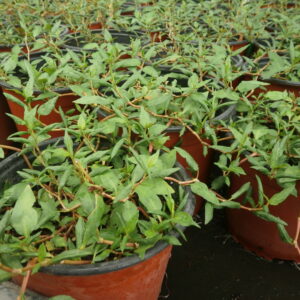
Cilantro, Vietnamese
Culinary Garden ₡1,900.00 Add to cart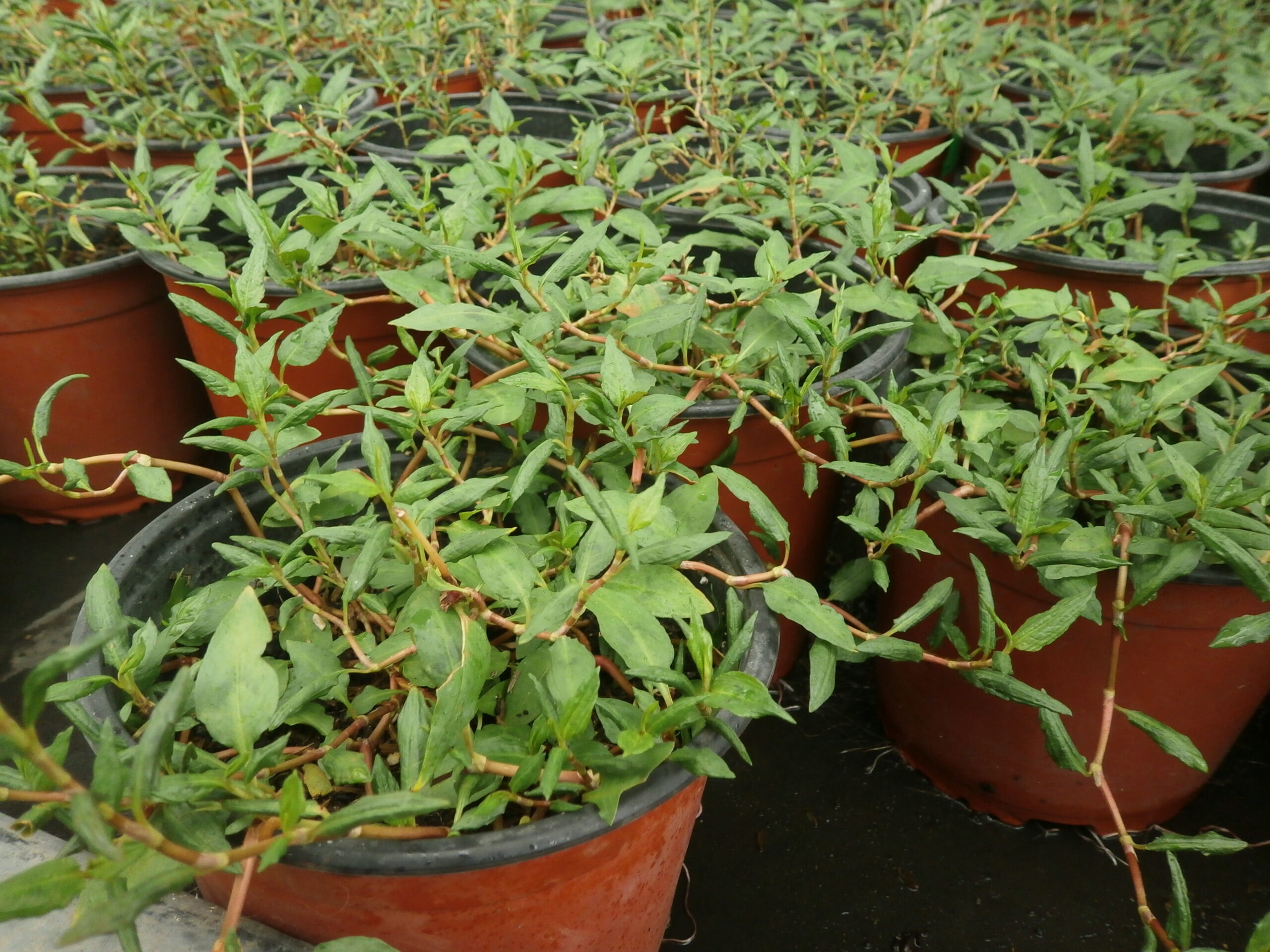
Cilantro, Vietnamese
₡1,900.00
SKU: 0655 Category: Culinary GardenScientific name: Persicaria odorata
Family: Polygonaceae
Origin: SE Asia
Medicinal use:The leaf is closely identified with the gastronomy of Vietnam, where it is eaten raw in salad (including chicken salad) and in raw rolls. In Cambodian gastronomy, the leaf is called chi krasang tomhom and is used to prepare soups, stews, salads and Cambodian rolls
33 in stock
-
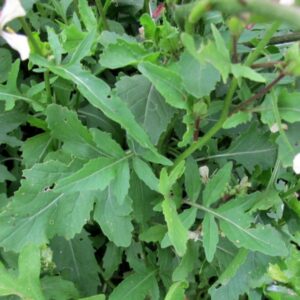
Arugula, Wasabi
Culinary Garden ₡1,900.00 Add to cart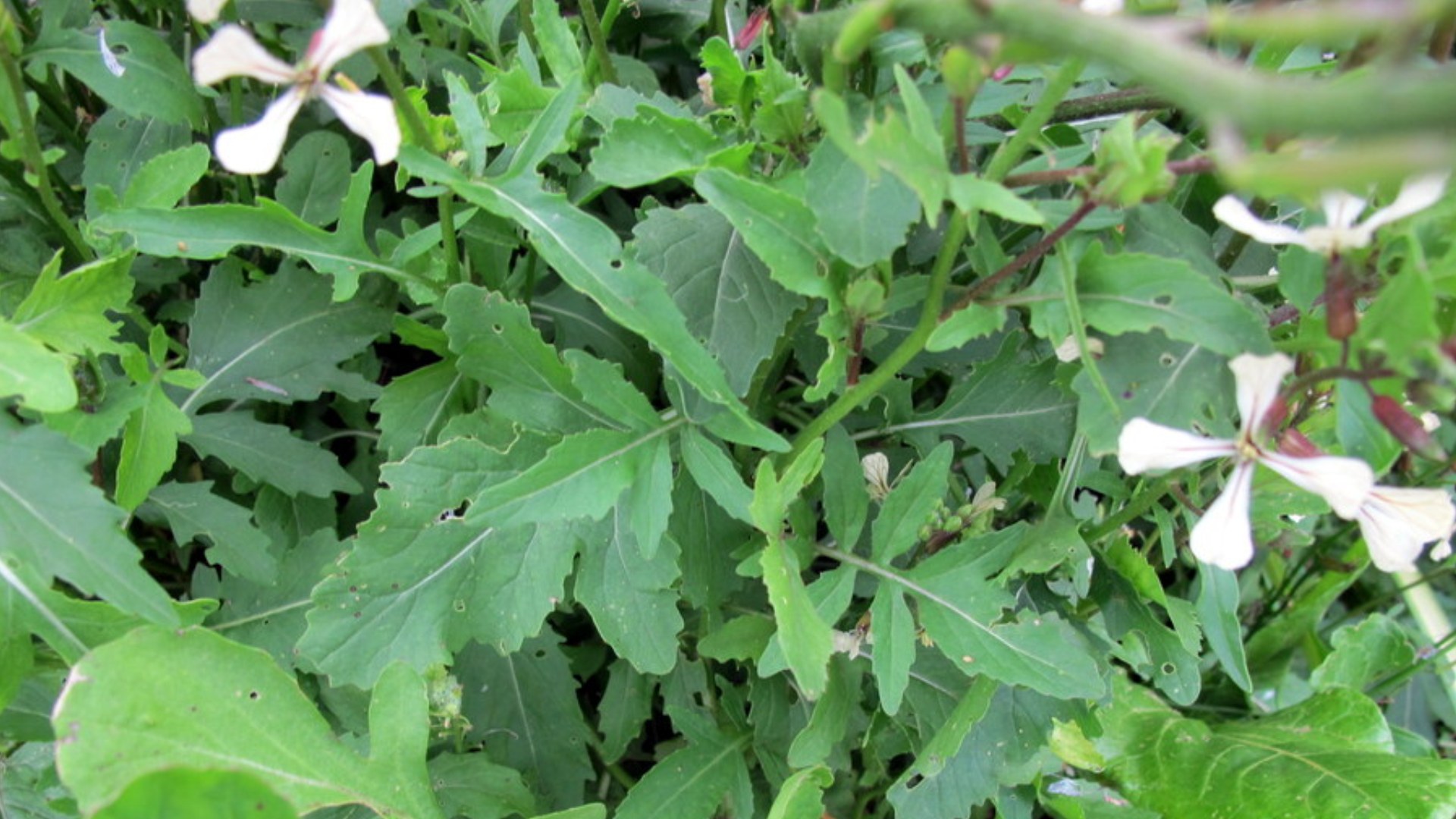
Arugula, Wasabi
₡1,900.00
SKU: 0232 Category: Culinary GardenScientific name: Eruca vesicaria
Family: Brassicaceae
Origin: Mediterranean, China and Arabian Peninsula
Medicinal use: It is often added to a pizza at the end of or just after baking. It is also used cooked in Apulia, in southern Italy, to make the pasta dish cavatiéddi, “in which large amounts of coarsely chopped rocket are added to pasta seasoned with a homemade reduced tomato sauce and pecorino”,as well as in “many unpretentious recipes in which it is added, chopped, to sauces and cooked dishes” or in a sauce (made by frying it in olive oil and garlic) used as a condiment for cold meats and fish.
5 in stock
-
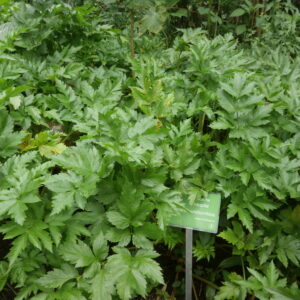
Arracacha
Culinary Garden ₡1,900.00 Add to cart
Arracacha
₡1,900.00
SKU: 0220 Category: Culinary GardenScientific name: Arracacia xanthorrhiza
Family: Apiaceae
Origin: S America
Medicinal use:The uses of arracacha are very similar to those of potatoes. This tuber is used in South American gastronomy to prepare various dishes, soups, stews, meatballs, cakes, gnocchi, purees and garnishes. The arracacha provides a special flavor and color to the dishes. The young stalks can be consumed in salads. Given its nutritional value, the consumption of arracacha is recommended in the diet of children, the elderly and convalescent.
17 in stock
-
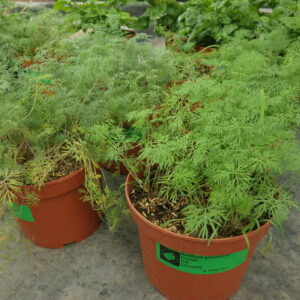
Dill
Culinary Garden ₡1,900.00 Add to cart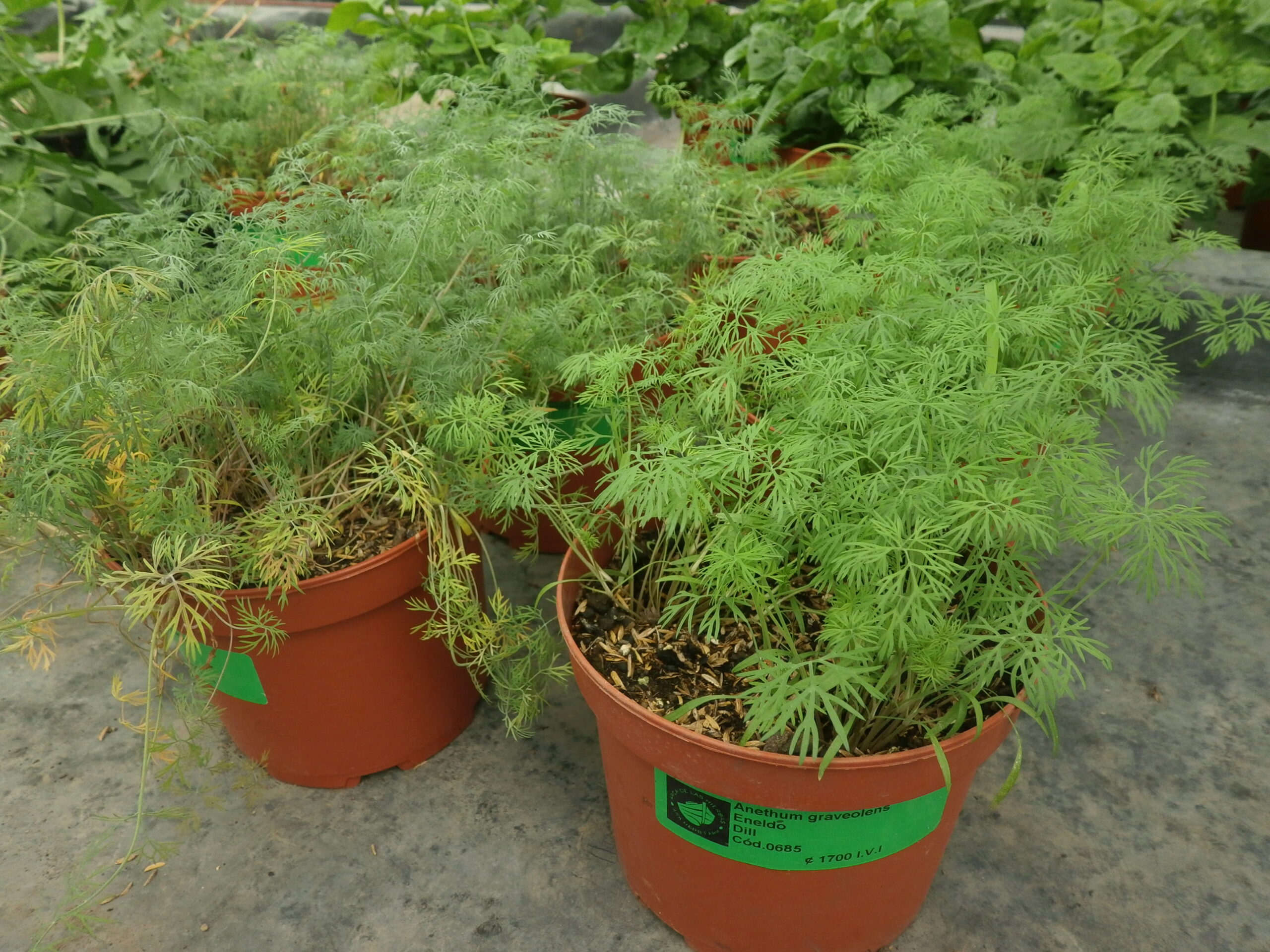
Dill
₡1,900.00
SKU: 0685 Category: Culinary GardenScientific name: Anethum graveolens
Family: Apiaceae
Origin: N Africa and Arabian penisula
Medicinal use:With fresh dill all kinds of dishes can be flavored, it can be added, in addition to fish, to seafood, meats, rice, salads, vinegars and flavored oils, sauces … it provides its sweet, fresh and aniseed flavor, a unique flavor that no other aromatic plant can provide.
7 in stock
